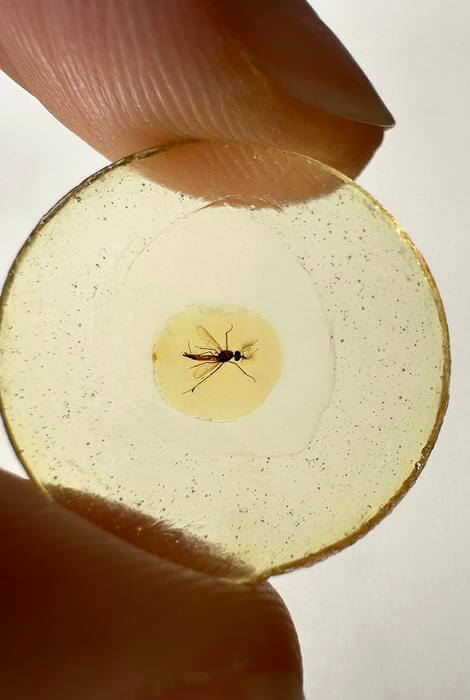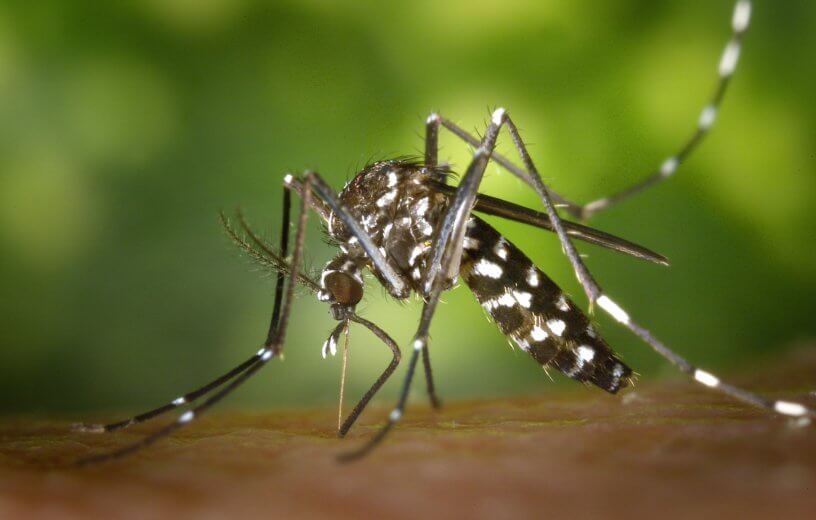PARIS, France — The earliest known fossil of a mosquito, dating back over 100 million years, suggests that male mosquitoes were also bloodsuckers. An international team discovered this fossil in Lower Cretaceous amber from Lebanon. Researchers identified two well-preserved male mosquitoes of the same species, equipped with piercing mouthparts, indicating a likelihood of feeding on the blood of prehistoric animals.
This contrasts with modern-day mosquitoes, where only females are hematophagous, using piercing mouthparts to feed on blood from humans and other animals.
“Lebanese amber is, to date, the oldest amber with intensive biological inclusions, and it is a very important material as its formation is contemporaneous with the appearance and beginning of radiation of flowering plants, with all what follows of co-evolution between pollinators and flowering plants,” says Dany Azar of the Nanjing Institute of Geology and Paleontology at the Chinese Academy of Sciences and the Lebanese University, in a media release.
“Molecular dating suggested that the family Culicidae arose during the Jurassic, but previously the oldest record was mid-Cretaceous,” adds André Nel of the National Museum of Natural History of Paris (Muséum National d’Histoire Naturelle de Paris). “Here we have one from the early Cretaceous, about 30 million years before.”

The research team, whose findings are published in the journal Current Biology, explains that the Culicidae family includes over 3,000 mosquito species. Their discovery suggests that male mosquitoes in the past also fed on blood and helps to close the “ghost-lineage gap” in mosquito evolution.
Female mosquitoes are known vectors for spreading infectious diseases due to their blood-feeding behavior. Hematophagy (the practice of feeding on blood) in insects is believed to have evolved from mouthparts originally used to extract plant fluids, such as in the case of fleas evolving from nectar-feeding ancestors. However, studying the evolution of blood feeding has been challenging due to gaps in the fossil record.
The two male mosquitoes found in amber had sharp, triangular mandibles and elongated structures with small, tooth-like denticles, indicating their blood-feeding capabilities. This discovery extends the confirmed presence of the mosquito family to the early Cretaceous and suggests a more complex evolution of hematophagy than previously thought, with blood-feeding male mosquitoes in the distant past.
Prof. Nel expressed a desire to understand the role of hematophagy in Cretaceous male mosquitoes and to explore why this trait no longer exists.
You might also be interested in:
- ‘Always watching you’: New insect discovered in amber had 360-degree vision!
- Prehistoric crab found perfectly preserved in amber after 100 million years
- Best Mosquito Repellent: Top 5 Products Most Recommended By Experts
South West News Service writer Stephen Beech contributed to this report.

